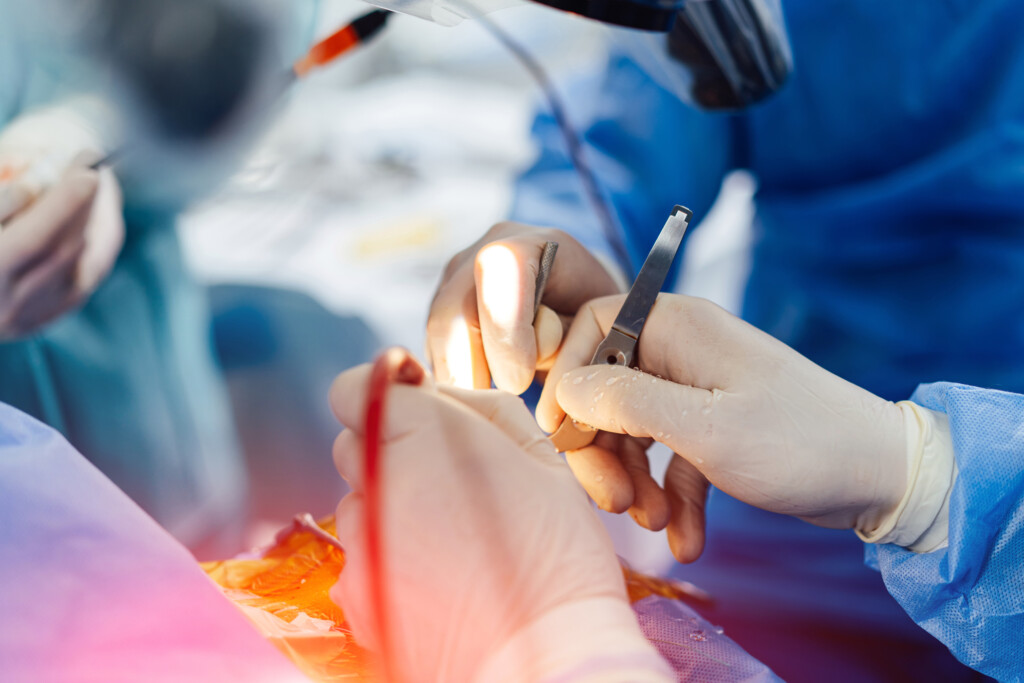Researchers led by a team from UT Southwestern have developed a way to isolate the brain and continue its function separate from the rest of the body via a development that could revolutionize neurological and cardiovascular treatment techniques.
Study leader and professor of neurology, pediatrics, and physiology Dr. Juan Pascual and his team have kept a pig brain alive by isolating blood flow to the organ and keeping the brain free from the influence of other bodily functions. The research began as a way to study the impact of treatments on the brain without interference.
Anytime researchers study the impact of a drug or treatment on the brain, the effects of the medicine occur after the drug has been through the stomach, liver, and other organs rather than directly to the brain. What happens in the brain, medicated or not, is impacted by the body’s blood sugar levels, blood pressure, and oxygenation.
Pascual wanted to see the impact of neurological treatments directly interacting with the brain without interference from the rest of the body and systems. “There is an individual timeline for every drug, every person, and every illness,” he says. “The only way to isolate it is to fully control the blood flowing to the head.” The UTSW team has figured out a way to do just that.
The device is the size of a small refrigerator and has been tested on a pig brain, comparable in complexity to the human brain. As described in Scientific Reports, it redirects the blood to the brain through a pump that mimics the rhythms, volume, oxygenation, and nutrients of a pumping heart. For the machine to function, the team performs a complex surgery where all the blood vessels that flow into the brain have to be surgically connected to the pump and the brain exposed with much of the skull removed. Once connected, the device can keep the brain alive for several hours, disconnected from the heart, lungs, and rest of the body. Controlling the blood supply and keeping the brain functioning will allow researchers to study the impact of treatments and conditions in isolation.
For example, it is possible to induce low blood sugar in the brain by restricting food, but the body can compensate for the blood sugar in other ways. The device eliminates the ability of the body and other organs to impact or improve the condition.
Researchers have also triggered strokes, which are caused by a loss of blood flow to the brain. The standard perception is that the stroke impacts certain parts of the brain, resulting in a loss of function for parts or sides of the body. When they observed an exposed and isolated brain, Pascual described what he saw as radical and shocking. “Within five seconds, you have immediate changes across the whole brain. The whole activity begins to change,” he says. “The organ is much more dependent on the other parts. It’s operating as a whole rather than parts.”
Heart-Lung Impact
To isolate the blood flow to the brain, the team developed a pump that would circulate blood through the exposed and isolated organ. Pascual said he and his team read very little about existing pumps to take a fresh approach to replicating the heart and lungs, which paid off. The device’s pump may have a more immediate and broader impact on healthcare.
The pump Pascual and his team developed is similar to a cardiopulmonary bypass device that replicates some functions of the heart and lungs but has some key improvements. Also called heart-lung machines, the devices remove deoxygenated blood from the system, oxygenate it, and pump it back through the body during bypass surgery and other heart and lung operations. While effective, most of these devices don’t vary the blood pressure or temperature, even though everyone has slightly different heart rhythms. They often pump blood at a consistent pressure, which may be part of the reason there are some negative cognitive impacts on the brain when surgery teams use the heart-lung machine, Pascual says.
Researchers can personalize the device and set it to different pressure levels, pulse rates, oxygen levels, temperature, and other variables to more closely mimic how blood flows into the brain when the heart and lungs are involved. It could reduce the cognitive side effects of using a heart-lung machine during heart surgeries.
There has been significant enthusiasm in the neurology and heart-lung community, who see the device’s pump as an improved way to keep blood flowing through the body during heart surgery. When asked if this was his chance to commercialize the device and scale the business, Pascual scoffed. He is a celebrated physician-scientist who treats patients with complicated neurological disorders, leads research teams, and has little interest in running a business. “I have no enthusiasm to branch out into machine or technology making,” he says. “My only enthusiasm is science.”
Author







